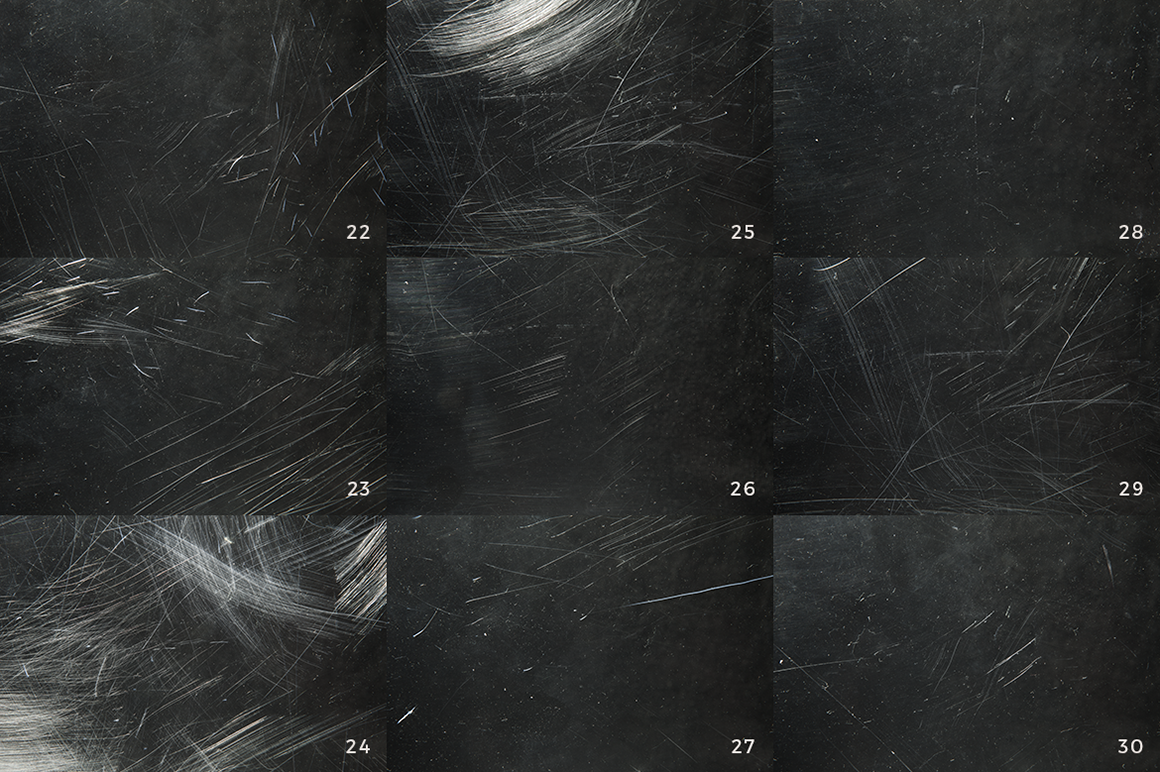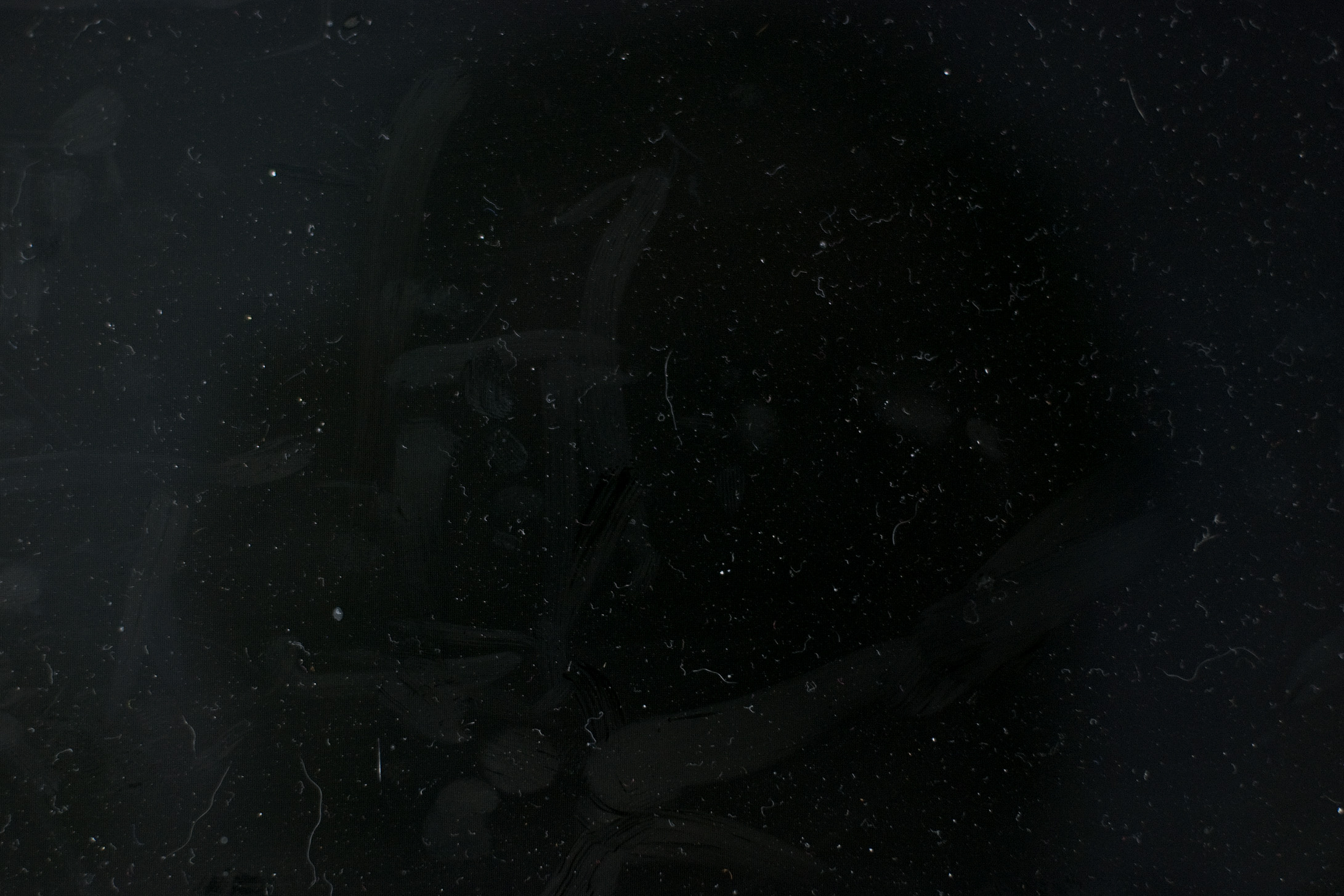

They can mistake dark nebulae for gradients and remove them from the image. Credit: Rodney Pommier Processing starry field backgroundsįor this category, I stretch and process the image as I would for any deep-sky object, but avoid using gradient-removal tools. Its formal designation is Lynds Dark Nebula (LDN) 881. This nebula near the bright star Sadr (Gamma Cygni) was nicknamed the Dementor Nebula by the author in the August 2019 issue because its dark, tattered look reminded him of the characters in the Harry Potter films. I acquire and process images within each category differently. When imaging, I divide targets into two categories based on their background: starry fields or Hα emission nebulosity.

You can image dark nebulae with equipment ranging from a DSLR and 50mm lens for wide-field views of the Great Rift in the summer Milky Way to a cooled CCD or CMOS camera attached to a telescope to capture high-resolution images of intricate wisps of dust silhouetted against emission nebulae. Adventurous imagers can also peruse images from the Sloan Digital Sky Survey, available online within the Aladin Sky Atlas (), and hunt for uncataloged dark nebulae. Both catalogs are available in books and online. Lynds Dark Nebula 881 (LDN 881), in Cygnus, which I nicknamed the Dementor Nebula in the August 2019 issue, is a beautiful example. Lynds made an extensive catalog of 1,802 dark nebulae between declinations 90º and –33º. Pioneer astrophotographer Edward Emerson Barnard made a catalog of 369 dark nebulae found within his wide-field Milky Way images probably the most famous is Barnard 33 (B33), the Horsehead Nebula in Orion. Accordingly, we find them along the bright band of the Milky Way, which betrays their otherwise hidden locations.Īstronomers have cataloged thousands of dark nebulae. Credit: Rodney Pommier Finding dark nebulae to imageĭark nebulae abound in the sky, but to be visible to us, they must be silhouetted against backgrounds of either dense star fields or glowing nebulae. This is an example of dark nebulae silhouetted by a starry field. It is surrounded by dark dust clouds, including LDN 1450 near the center of the image and B205 at upper right. Knowing this, who wouldn’t want to image dark nebulae? NGC 1333 is a blue reflection nebula in Perseus.

Indeed, radio observations find dark nebulae harbor about 70 different organic compounds, some of which may be the building blocks of life. Once formed, the complex organic molecules circulate within the dust cloud. UV also provides the energy needed to change carbon monoxide and nitrogen on the surface of dust particles into a smorgasbord of more complex organic molecules, including formaldehyde, glycine, and polycyclic aromatic molecules. Ultraviolet light (UV) from newborn stars stimulates the remaining hydrogen in the cloud to emit light at the hydrogen-alpha (Hα) wavelength of 656.28 nanometers, creating a glowing emission nebula. Fortunately, dust particles are efficient radiators of heat, so they keep the temperature low and allow condensation to continue. (Remember that 0 kelvin is absolute zero.) Condensing gas always heats up, however, and if the temperature rises above 4 kelvins, it will begin to expand, halting star formation. But this process of condensation only begins at extremely low temperatures, generally 10 kelvins or less.

New stars are born within them when condensing regions of H2 reach sufficient density to trigger nuclear fusion. The importance of dark nebulaeĪstronomers study molecular clouds because they are star-forming regions. If we take a little time to learn about them, you’ll soon see why. That is regrettable, because dark nebulae are some of the most important structures in the universe and, therefore, worthy imaging subjects for amateur astronomers. This class of celestial object receives scant attention from astroimagers, who predominantly target objects that emit or reflect light. However, the sky offers ample opportunities to capture beautiful images of regions of darkness that actually are something: dark nebulae. Ultimately, astrophotographers produce beautiful images of … well, mostly nothing. But that doesn’t change the fact that most of a typical image will consist of dark background sky. Oh sure, the intended subject will be a star cluster, nebula, or galaxy. While the goal of photography is to capture light, the majority of what astrophotographers capture in their images is utter darkness. Credit: Rodney PommierĪstroimaging involves a profound irony. The dark nebula crossing the left side is part of LDN 889. It is surrounded by numerous other fascinating dark dust structures, all silhouetted by the emission nebula IC 1318 in Cygnus. The author found this uncataloged dark nebula while perusing the Aladin Sky Atlas.


 0 kommentar(er)
0 kommentar(er)
